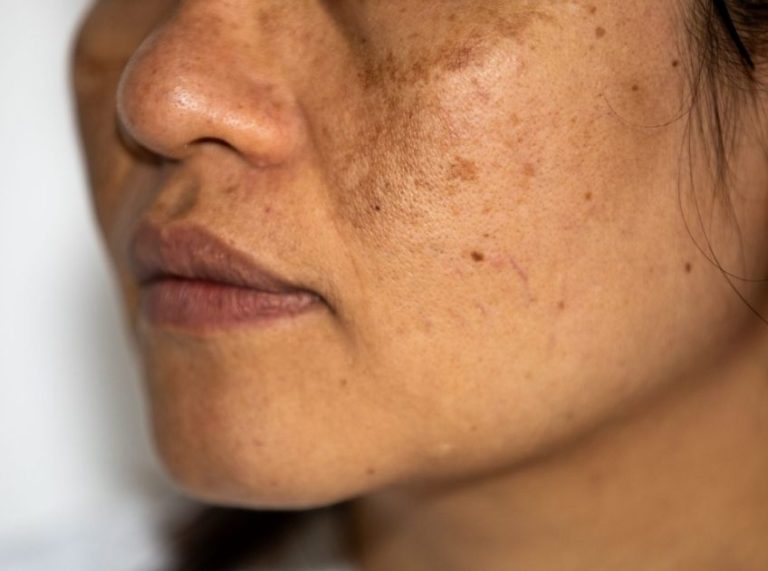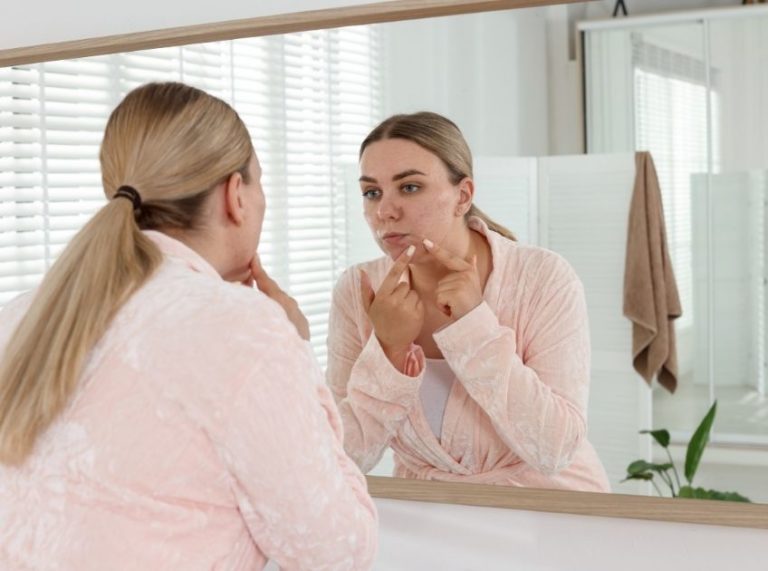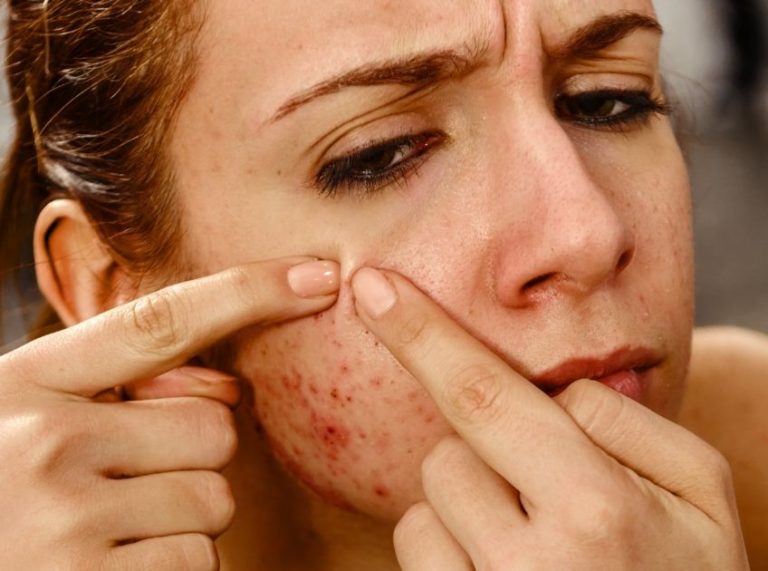
Important: This article is for informational purposes only. Please read our full disclaimer for more details.
Are you Tired of dull, dry, or tired-looking eyes? A simple DIY eye cream with castor oil can hydrate, soothe, and restore the delicate skin around your eyes. This natural remedy is easy to make at home and packed with powerful benefits to brighten and smooth your under-eye area.
Why Castor Oil Is a Must-Have for Eye Care
Castor oil is known for its rich moisturizing and anti-inflammatory properties. When combined with other gentle ingredients, it helps reduce puffiness, diminish fine lines, and improve skin texture, giving you a refreshed and youthful appearance.
Benefits of Using Castor Oil Eye Cream
- Deeply moisturizes dry under-eye skin
- Helps reduce puffiness and inflammation
- Supports collagen production to fight aging
- Contains antioxidants that protect skin from damage
- Soothes irritation and promotes skin healing
The Science Behind Castor Oil and Its Partners
- Castor Oil: Contains ricinoleic acid, a fatty acid with anti-inflammatory and antimicrobial effects (1) (2). It improves hydration by preventing water loss.
- Vitamin E: An antioxidant that protects skin cells from free radical damage and supports skin repair (3).
- Jojoba Oil: Mimics skin’s natural oils and balances moisture without clogging pores (4).
These ingredients work together to nourish, soothe, and protect your delicate eye area naturally.
When to Discontinue Use
Stop using this eye cream if you experience:
- Redness, itching, or swelling
- Development of bumps or rash
- Increased irritation or discomfort
Always patch test a small area before applying widely.
Adjusting Ingredients to Your Skin’s Needs
- For dry skin: Add a bit more jojoba or sweet almond oil for extra moisture.
- For sensitive skin, use less castor oil and more aloe vera gel or rose water for a calming effect.
- For oily skin: Use a lighter carrier oil like jojoba to avoid heaviness.
Who Benefits Most from Castor Oil Eye Cream?
- Best suited for dry, mature, or combination skin types
- Gentle enough for sensitive skin with proper patch testing
- Avoid if prone to clogged pores or allergic reactions
Is Castor Oil Eye Cream Safe?
Yes, when used correctly, castor oil is safe for the delicate eye area. Use pure, cold-pressed castor oil and avoid direct contact with your eyes. Always test a small patch to ensure no sensitivity.
2 Simple DIY Castor Oil Eye Cream Recipes
1. Ultra-Hydrating Castor Oil Eye Cream for Dry Skin
This DIY eye cream is perfect for those struggling with dryness and fine lines around the eyes. Castor oil deeply moisturizes and nourishes, jojoba oil balances the skin’s natural oils, and vitamin E acts as a powerful antioxidant to protect and repair the delicate skin.
Ingredients:
- 1 teaspoon cold-pressed castor oil
- 1 teaspoon jojoba oil (cold-pressed)
- ½ vitamin E capsule (oil extracted)
Directions to Make:
- In a small, sterilized bowl, combine the castor oil and jojoba oil.
- Carefully pierce the vitamin E capsule using a sterilized needle or pin, then squeeze out the oil into the bowl.
- Stir all the ingredients thoroughly using a small spatula or spoon until you get a smooth and well-blended mixture.
- Transfer the eye cream to a clean, airtight container for storage.
How to Apply:
- Cleanse your face thoroughly and ensure your skin is dry.
- Use your ring finger to take a very small amount of the cream (about the size of a grain of rice).
- Dab gentle dots of cream under each eye, focusing on dry or crepey areas.
- Gently tap the cream into the skin with light, upward motions until fully absorbed.
- Use this eye cream nightly for optimal hydration and skin renewal.
Pro Tip: Warm the cream slightly between your fingers before application for enhanced absorption and a soothing effect.
2. Soothing Castor Oil Eye Cream for Puffy, Tired Eyes
Designed to calm inflammation and reduce puffiness, this eye cream combines the anti-inflammatory benefits of castor oil with the soothing properties of aloe vera and the refreshing scent and mild astringency of rose water.
Ingredients:
- 1 teaspoon cold-pressed castor oil
- 1 teaspoon pure aloe vera gel (fresh or organic)
- ½ teaspoon rose water (natural, alcohol-free)
Directions to Make:
- In a clean bowl, mix the castor oil and aloe vera gel thoroughly until the texture is creamy.
- Add the rose water and stir well to combine evenly.
- Store the cream in a sterilized container with a tight-fitting lid.
How to Apply:
- After washing your face, pat your skin dry.
- Use your ring finger or a cotton swab to apply a small amount of cream under your eyes.
- Gently pat the cream in with light tapping motions to avoid tugging the delicate skin.
- Use daily, especially in the morning, to soothe puffiness and refresh tired eyes.
Pro Tip: Keep this cream refrigerated to enhance its cooling and de-puffing effects when applied.
Frequently Asked Questions (FAQ’S)
1. Can castor oil cause eye irritation?
A. It’s possible if used excessively or without patch testing. Avoid direct contact with the eyes.
2. How long before I see improvements?
A. Consistent use for 2–4 weeks can show hydration and texture benefits.
3. Can I store this DIY cream?
A. Yes, keep it in a clean container in the fridge for up to 2 weeks.
Final Thoughts
DIY eye cream with castor oil offers a natural, nourishing way to care for your delicate eye area. By combining it with other soothing ingredients, you can hydrate, reduce puffiness, and support youthful skin safely at home. Treat your eyes gently with this simple yet effective remedy.

















